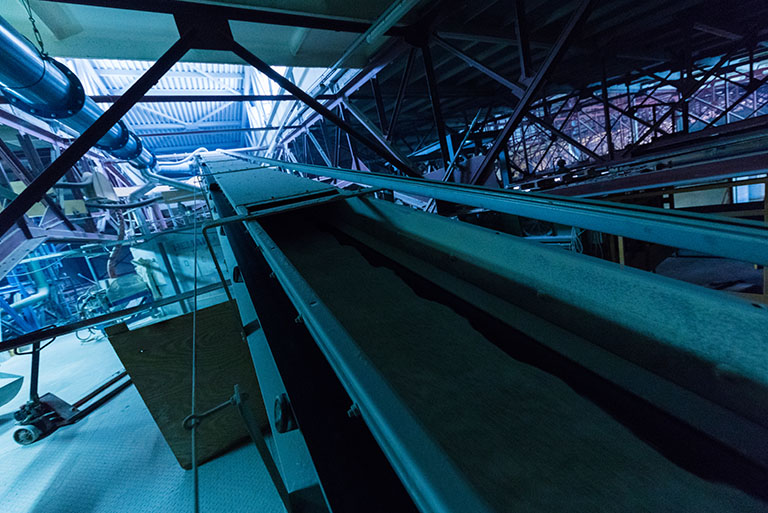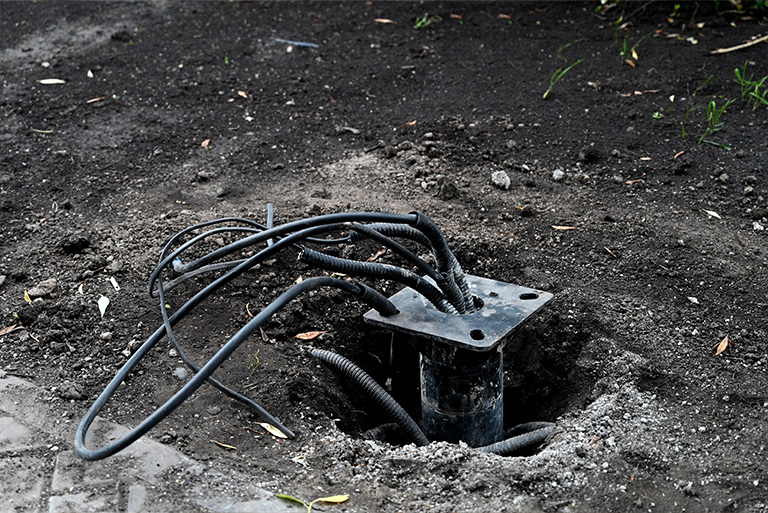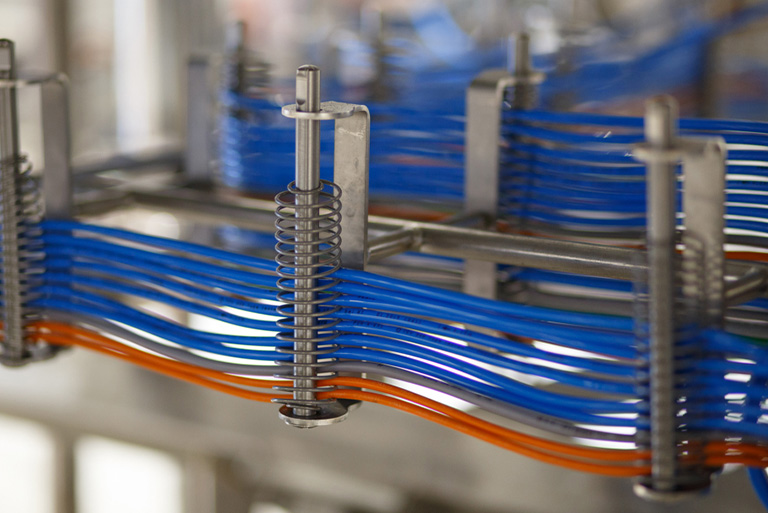Understanding Conveyor Belt Materials and Their Storage Needs Conveyor belts are what keep production alive, quietly keeping materials moving in factories, mines, warehouses, and plants. Yet, for something that works so hard, they’re often neglected when it comes to storage.
Different belt materials have unique characteristics, and that means they need to be stored differently too.
Let’s take a quick look
Rubber belts are tough and long-lasting but sensitive to heat, ozone, and UV exposure. Leave them in a hot or sunny spot for too long, and they’ll start to harden or crack.
PVC belts are light and flexible, but extreme temperatures can cause them to warp or lose shape.
PU (Polyurethane) belts resist moisture and abrasion well but should be kept away from sharp bends and tension to maintain their structure.
V-belts, designed for power transmission, should be stored flat or hung loosely folding or twisting them can cause permanent deformation.
Knowing these differences is more than technical detail, it’s your first defense against unnecessary belt damage.
The way you store a conveyor belt can either preserve its performance or set it up for early failure long before it ever runs a meter of material.
Proper storage keeps a belt’s tensile strength, flexibility, and surface grip intact all key factors that determine how efficiently it performs once it’s back on the line.
Why Proper Storage Matters More Than You Think
Here’s the thing: most belt problems don’t start on the production line they start in storage.
Belts left sitting on damp floors, exposed to sunlight, or piled unevenly can slowly lose their shape, crack, or harden over time. And when you finally install them, you’re faced with tracking issues, uneven tension, or early belt failure.
Proper storage might seem like a small thing, but it’s one of the simplest ways to prevent downtime and protect your investment.
It helps maintain:
The belt’s original shape and tension
Its surface quality, free from dirt, oil, and chemical contamination
And its overall longevity, saving your team from unplanned replacements and maintenance headaches
Think of it like this,
you wouldn’t leave a brand-new engine part sitting in the rain. Your conveyor belts deserve the same care.
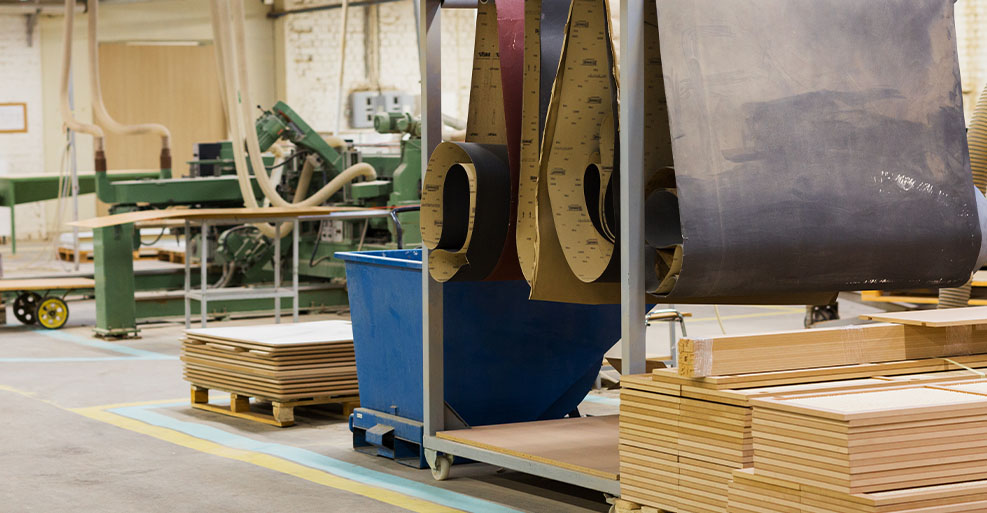
Five Practical Tips for Storing Conveyor Belts
1. Store Belts in a Cool, Dry, and Covered Area
Environmental factors play a crucial role in how long your conveyor belts last. Whether made of rubber, PVC, PU (polyurethane), or V-belt material, each reacts differently to temperature, humidity, and light exposure.
Avoid direct sunlight: Prolonged exposure to UV rays causes rubber belts to harden, PVC belts to fade or crack, and PU belts to lose flexibility.
Control temperature and humidity: Maintain a cool, dry space to prevent mold, corrosion, or surface degradation.
Use a covered or enclosed space: Keep belts shielded from dust, moisture, and airborne debris that can affect their surface or tensile strength.
Even a simple shaded and well-ventilated warehouse can extend the lifespan of your belts and prevent unnecessary wear before use.
2. Store Belts Horizontally on Racks or Pallets
Never store conveyor belts directly on concrete floors or uneven surfaces. Concrete can retain moisture, while uneven storage can cause the belt to deform.
Use racks or pallets: Keep belts elevated to allow air circulation and reduce contact with moisture.
Lay belts flat: Coiled belts should rest horizontally to avoid warping.
Avoid stacking belts: If stacking is unavoidable, ensure each belt is properly supported to prevent pressure marks or stretching.
A well-structured racking system ensures belts retain their original form, making installation smoother and safer.
3. Avoid Sharp Bends and Excessive Compression
When storing belts, especially longer ones, how they’re coiled matters. Sharp bends or tight rolls can cause the internal fabric or tension layers to weaken.
Use wide-diameter rolls: A general rule is that the roll diameter should be at least 15 times the belt thickness.
Support the roll evenly: Prevent the belt from sagging in the middle to avoid stress points.
Don’t place heavy objects on coiled belts: Compression over time can cause permanent deformation.
Proper rolling techniques preserve the belt’s structural integrity, ensuring smooth alignment once installed.
4. Label and Rotate Stock Regularly
Conveyor belts stored for long periods can age naturally even under ideal conditions. To minimize waste and ensure you always use fresh, reliable material:
Label belts clearly: Include purchase date, size, and type.
Apply a first-in, first-out (FIFO) system: Use older stock before newer ones.
Inspect periodically: Check stored belts every few months for signs of aging, surface cracks, or moisture damage.
Proper inventory management prevents unnecessary wear and ensures consistent belt performance across your operations.
5. Protect from Chemical Exposure and Ozone
Certain chemicals and atmospheric gases can accelerate the aging of conveyor belts especially rubber-based types.
Keep belts away from solvents, lubricants, and acids: Even indirect exposure can cause swelling or cracking.
Avoid areas near electric motors or equipment that generate ozone: Ozone can react with the belt’s surface, causing brittleness and micro-cracks.
Use protective coverings: When possible, store belts in opaque polyethylene covers for added protection.
By controlling what your belts are exposed to, you ensure their durability and safe operation once installed.
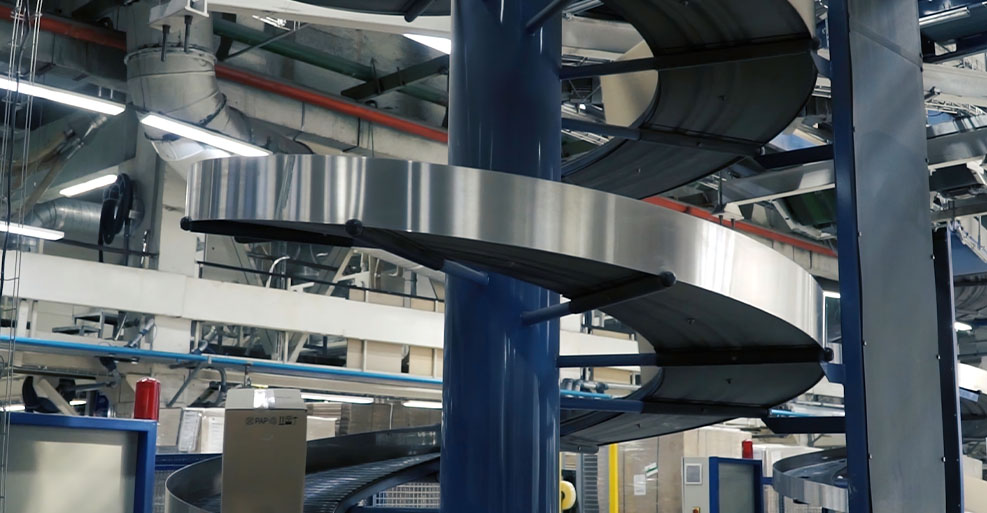
Common Mistakes to Avoid When Storing Conveyor Belts
Even with the best intentions, a few small storage mistakes can quietly shorten the life of your conveyor belts. One of the biggest culprits? Leaving belts outdoors.
When belts are exposed to sunlight and rain, UV rays and moisture start to break down the material especially rubber belts. Over time, they can dry out, crack, or even swell, leaving you with belts that fail faster than expected.
Another easy-to-overlook mistake is stacking rolls unevenly. This puts unnecessary pressure on some areas, leading to distortion or uneven tension. And whatever you do, never fold or drag a belt across rough surfaces. Folds can create weak spots in the fabric and rubber layers, while scratches often expand under tension once the belt is in operation.
Lastly, don’t let belts sit in storage unchecked. Regular inspections even a quick look every few months can help you catch early signs of wear or deterioration. Spotting small issues early can save you significant time, cost, and frustration when it’s time to install.
Conclusion
Proper conveyor belt storage and handling don’t have to be complicated, it just takes a bit of consistency and care. Keeping belts cool, dry, clean, and well-supported can make all the difference between smooth operations and unexpected downtime.
No matter the type; rubber, PVC, PU, or V-belts the rule remains the same: store them right today to avoid costly repairs tomorrow.
If you want to make sure your conveyor systems perform at their best, we can help. Our specialists offer professional inspections, maintenance checks, and practical guidance to keep your belts in top condition from storage to installation.
Contact us today to schedule a conveyor belt health check or maintenance consultation. Let’s keep your operation running smoothly, one belt at a time.


